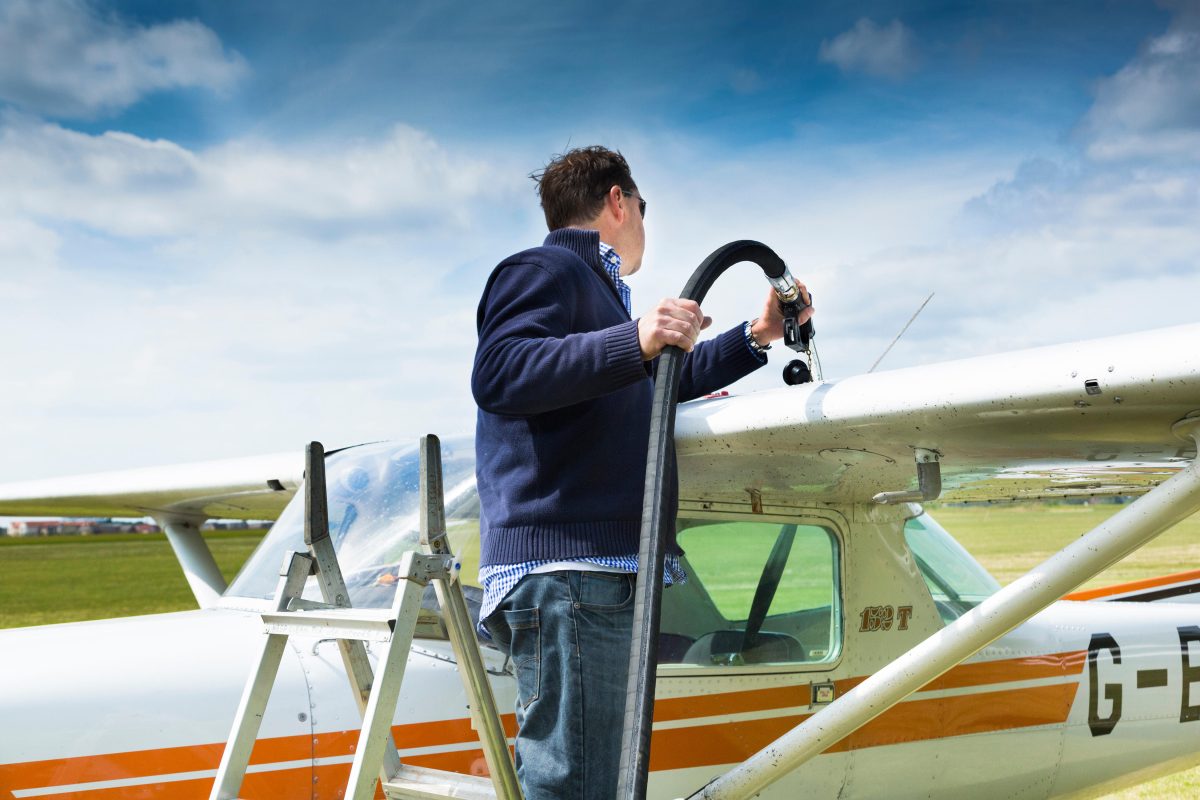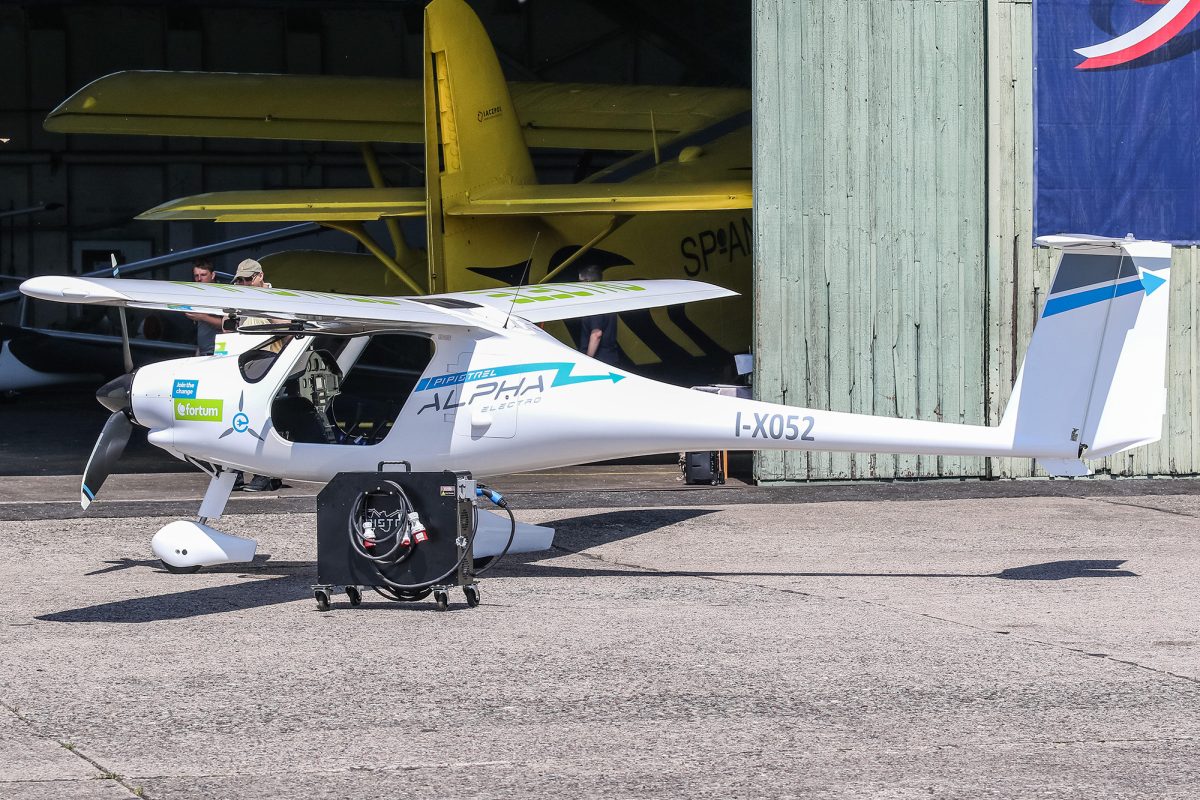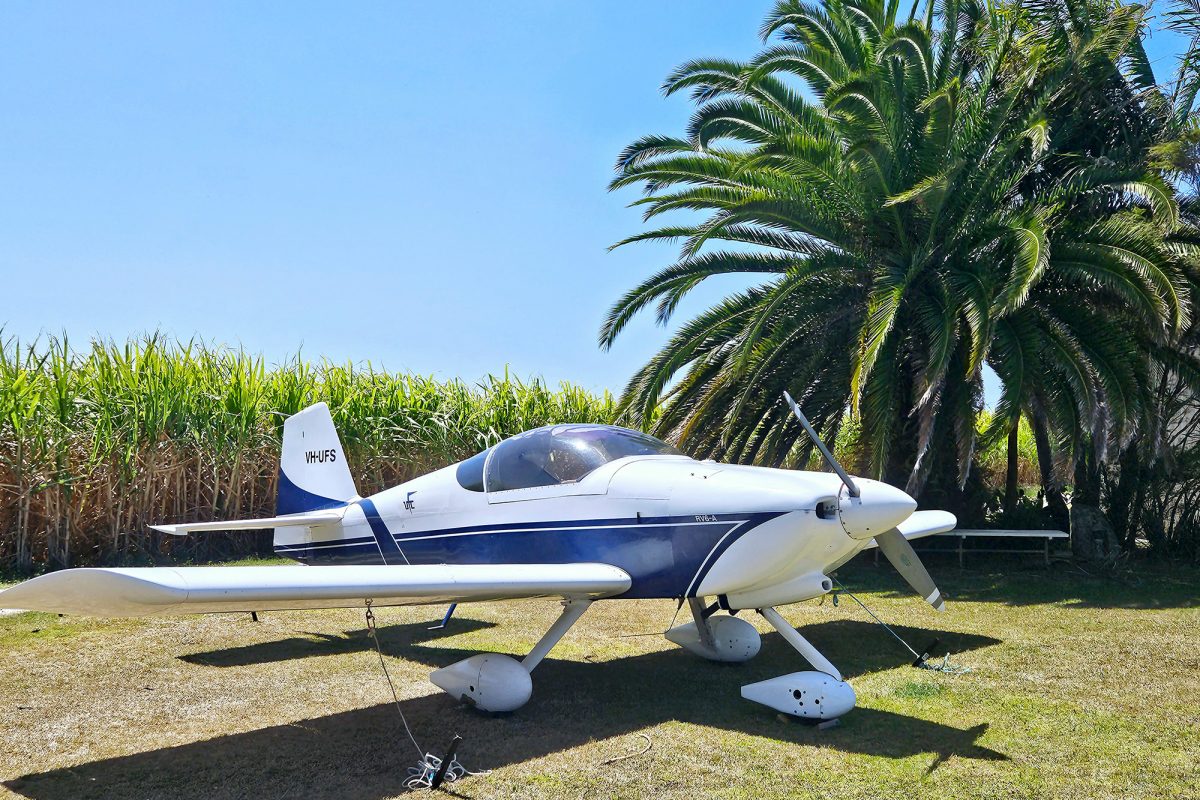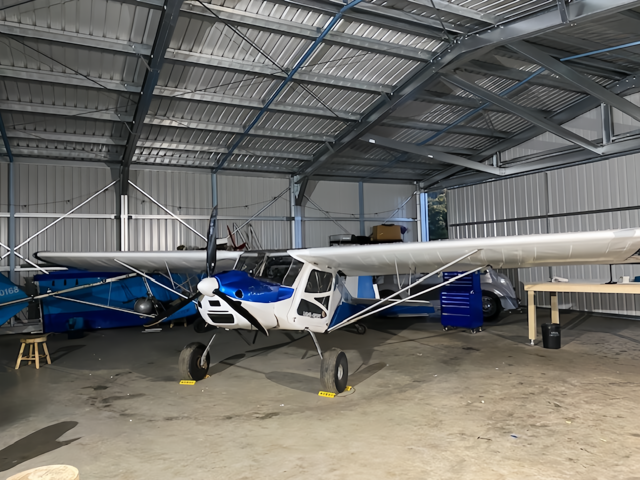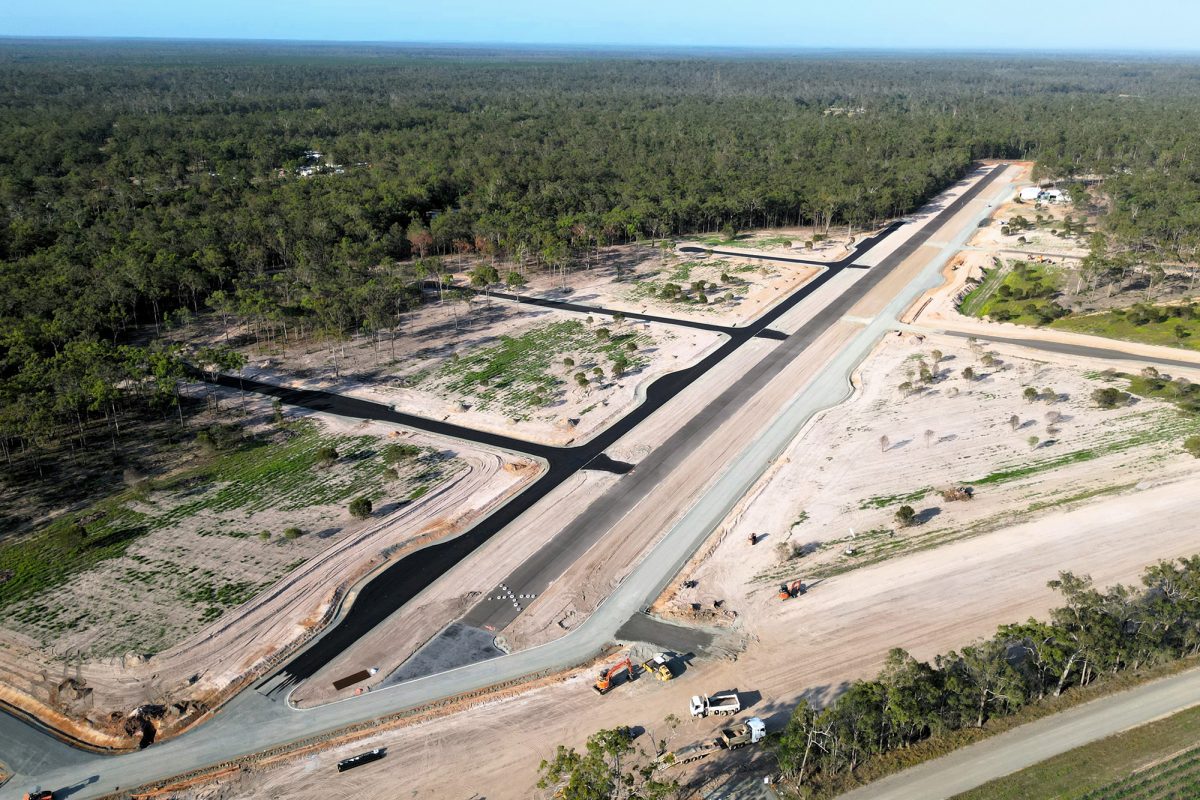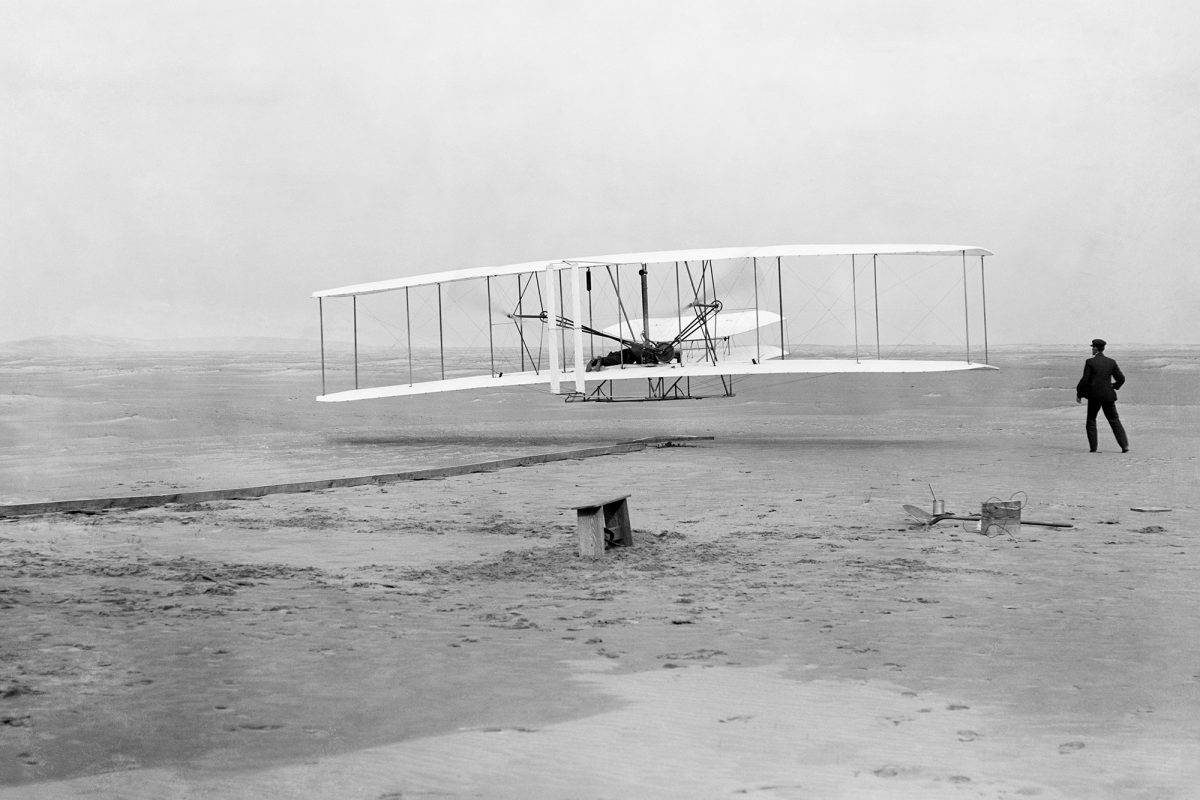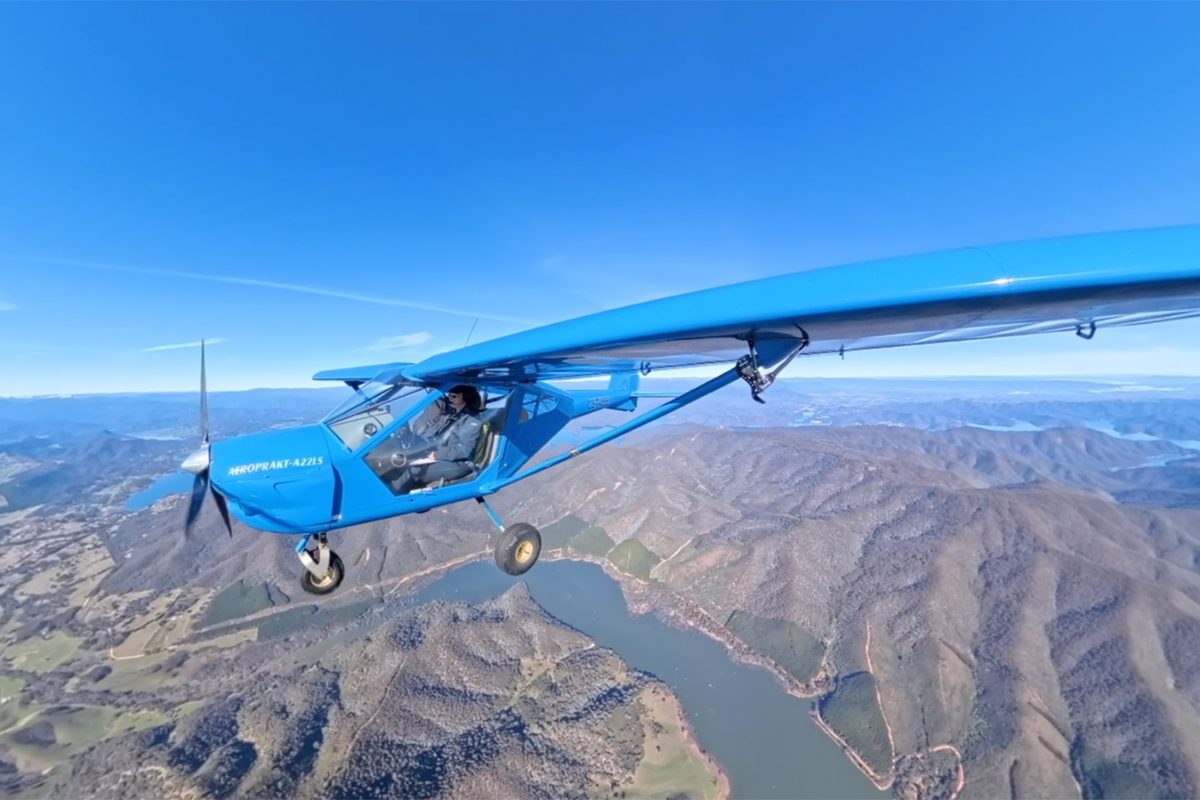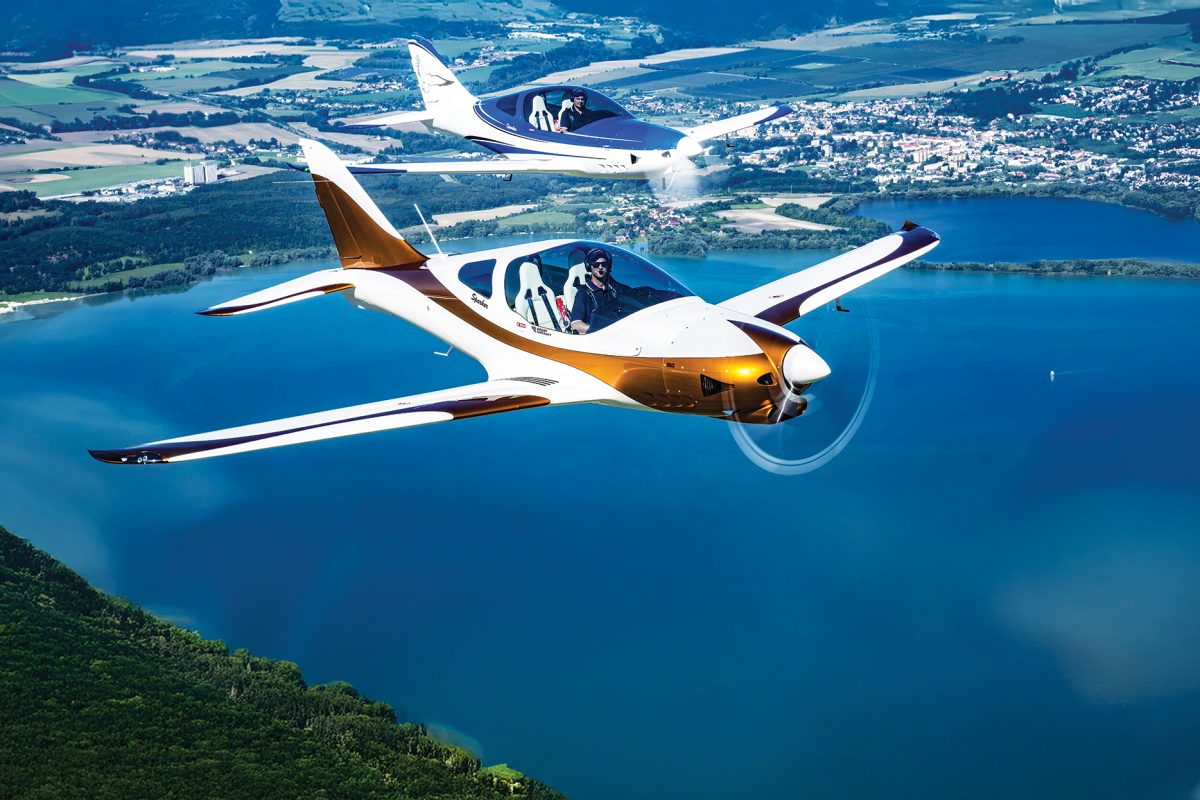TOURING KING ISLAND, TASMANIA
Sitting my first cross country training session in my early 20’s King Island was perched right at the top of my wish list. But when the time came to finally fly there from Geelong, a very ‘green’ pilot was stepping into a light aircraft over water with a passenger. Recognising my limitations was critical to a making my experience as seamless and comfortable as possible – It’s a trip I’ll never forget and an incredible journey I’d recommend to all recreational pilots.
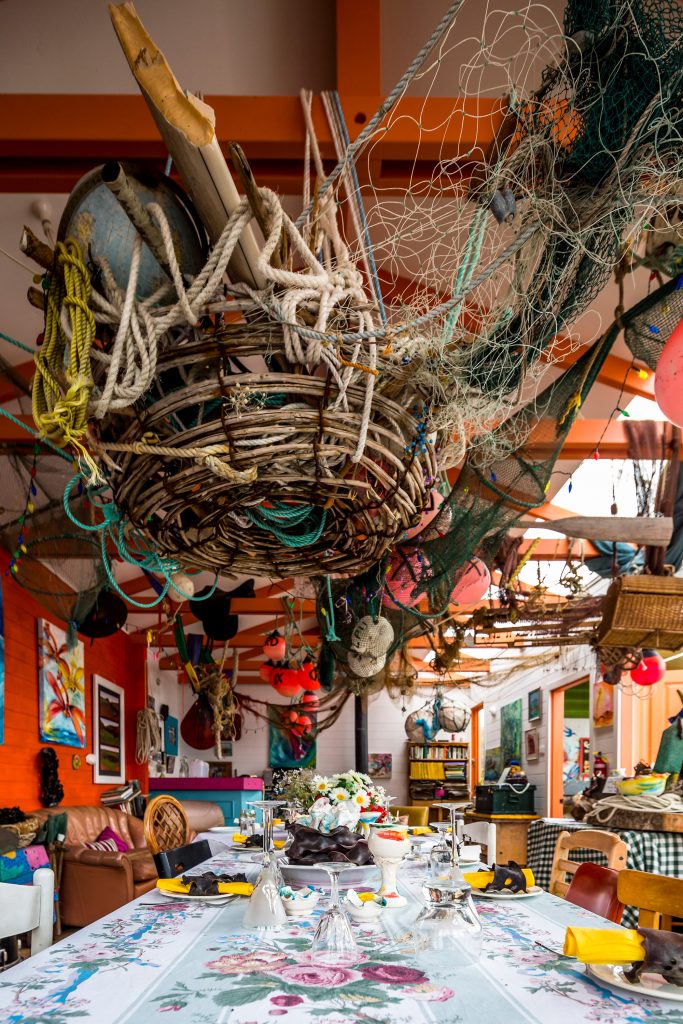
I had a Great Uncle who passed away many years ago, in an aviation incident that should have been avoided. It had stuck with me as a reminder of the consequences of complacency or overestimating my capabilities. Statistically, I was an ‘at risk’ pilot by default due to my age, gender and limited hours. To a young pilot, flying from A to B can seem more straightforward than it really is, because there’s a good chance you haven’t had much exposure to in-flight issues that require quick thinking and agile decision-making. When experience isn’t on your side, you can quickly overstep your capabilities if you don’t think twice. Recognising my limitations helped me look for information and advice.
The first step was asking around. Online pilot communities and groups, friends, Facebook groups, instructors and even an online student study group were my go-to sources. I had to check their views against facts but asking helped fill in the gap of the proverbial ‘you don’t know what you don’t know’. I loaded my flight plan into a group and before I knew it, advice flowed in from fuel plans to car hire.
A couple of tips were particularly useful. First, minimising your distance over water reduces the risk of ditching. Simple. For me, that meant flying to Cape Otway then due south. Food and water on board was a must, plus a first aid kit and an EPIRB (and make sure you know how to use it!). Lastly, I needed to talk to car hire and airport operator on the ground. I had been lectured many times that my generation likes to “do everything from a phone but won’t actually ever make a damn phone call!” (read this in the voice of SportPilot Editor, Nicholas Heath) – Now I never hesitate to make a phone call ahead of a flight. In the same way that I call ‘unfamiliar’ into a controlled airspace I’ve never entered, I did the RAAus equivalent and let the airport know I was inbound and not familiar with the space. The operator even took my number so that they could keep an eye out. I made similar arrangements for my accommodation and car hire – they were very flexible with the bookings, and it took any pressure off my young mind to make the trip if I wasn’t feeling up to it.
The best piece of advice I received was to formulate “go and no-go” metrics, and then communicating them with your passenger. I do this for every flight. The idea is that you are committed to cancelling if anything on your ‘no-go’ list comes true. And the key is to be specific. “Weather not safe” was too ambiguous, so wanting to be safe and conservative on this particular flight I wrote down “if it’s not CAVOK, we won’t go”. I wrote down visibility minimums, winds, and gut feelings about being comfortable with the flight. The same for my passenger. One of my instructors once said to me, “if the weather report is longer than a couple of lines, stay home and watch the footy”. That was CFI Graham Taberner, who signed me off originally and I absorbed everything he said like a sponge. He’s one of the voices that pops into my mind from time to time. His advice is frustratingly accurate, but it has never failed me.
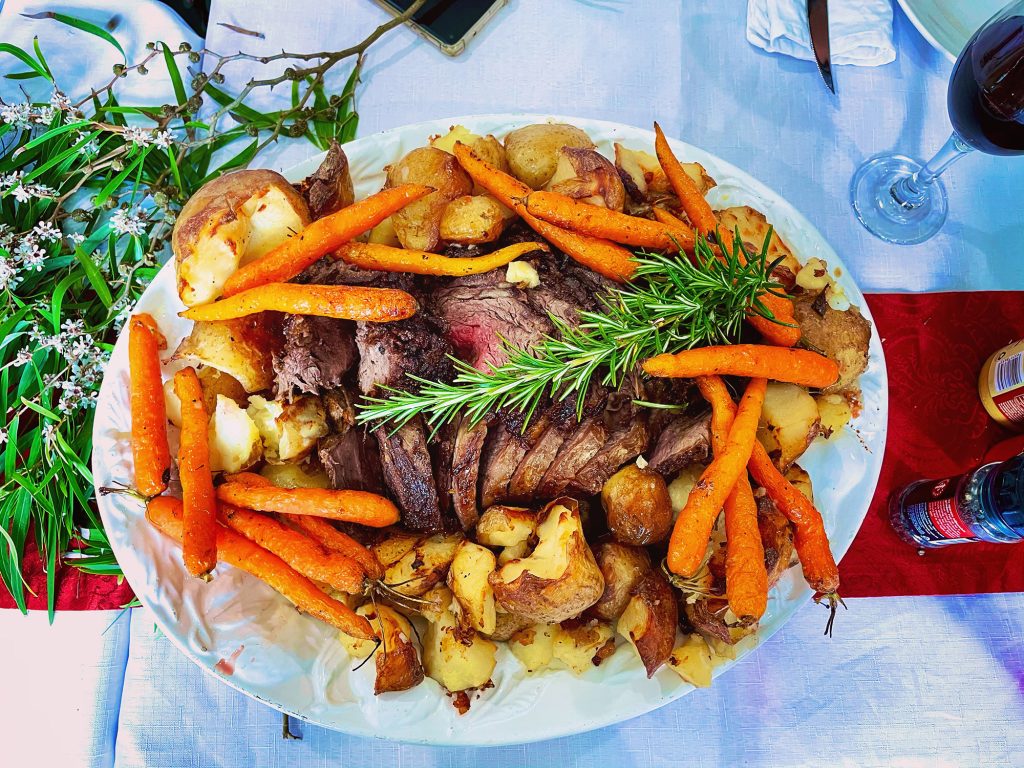
The final call on departing Victoria was over Cape Otway. I’d even flown to this point a few times for practice, making the flight as familiar as possible – again, knowing I was inexperienced and wanting to hedge my bets. It’s a wonderful world where you can look at your destination airport and surroundings with Google satellite-view and become familiar before you’ve jumped in the plane. I ticked everything on my ‘go’ list, and we flew south at 7,500 feet. Arguably unnecessary, but I felt the extra gliding range and visibility couldn’t hurt. The final consideration was being limited for alternative airports, so I carried enough fuel to make it home. A lot of my flying now is around regional Victoria, New South Wales and a bit of Queensland – and there’s a surprising amount of air strips around. Enough that I keep an eye out on long hauls knowing there are good options if you need to go down due to unfavourable weather, in-flight issues or simply a tea ‘n’ pee stop. Plus, there are plenty of paddocks, some freshly ploughed depending on the season. Over water, your options are much thinner and ditching isn’t ideal, so I took extra precautions.
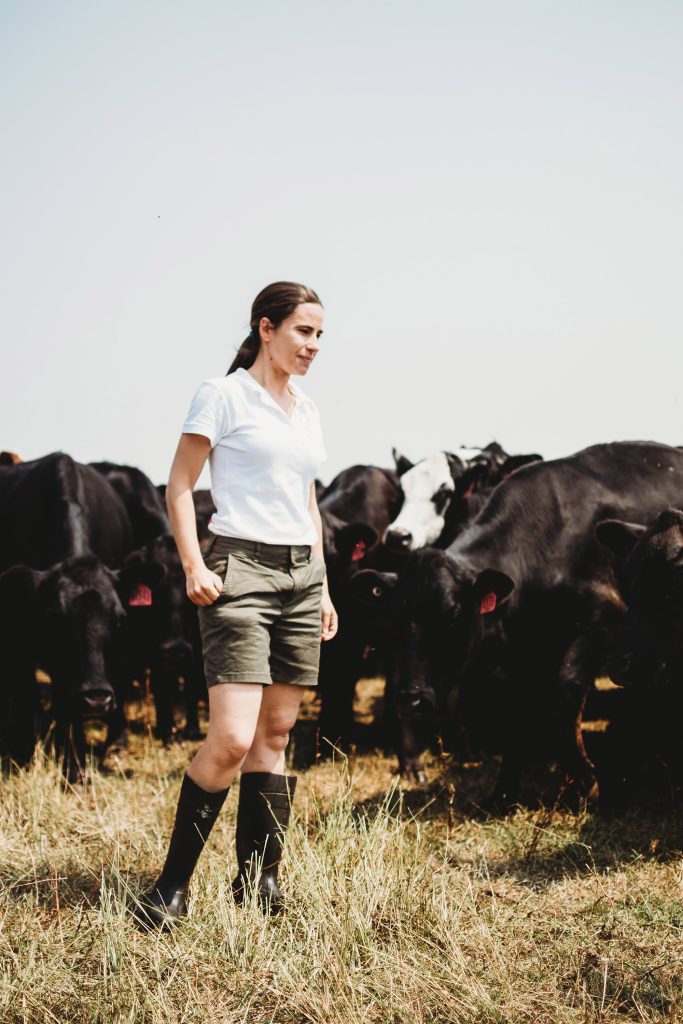
Some Facebook group pilots tipped me on what life jackets to take. There are some exceptions, but generally you need to have life jackets on board if you are out of glide range from land. If you are below 2,000 feet you must be wearing a life jacket, or if you are flying over water greater than 25nm it’s mandatory to have life jackets on board for each person. Read up on the details before you go anywhere, it’s important to know. There were many mentions of marine life jackets and ALDI sales coming up – but as it turns out, CASA stipulate life jacket standards and most of those suggestions didn’t comply, so I had to shop around to find what I needed.
I hired a Tecnam from Golden Plains Aviation, fuelled and packed. A final check of the weather and off I went – maps, flight plan and all, putting that cross-country endorsement to work. As I reached Cape Otway and joined my next track, I had a silhouette in sight about 50nm off – and a grin from ear to ear like a kid in a chocolate factory. Engine time was 1.8 hours, which included a scenic tour of the coastline before calling to join circuit at YKII, north of the Currie township. I’d already toured Tasmania a couple of years prior, but wow – I was blown away (figuratively, of course) by the most beautiful coastline and countryside I’d ever seen from the air. When you’re welcomed back to land by Cape Wickham Lighthouse and nearby lush, worldrenowned golf course, you’re reminded that aviation is a magnificent privilege.
After I pegged and tied down the aircraft, I walked back a few feet to take the usual ‘insurance photo’ of the plane safely secured, jumped in the car and the exploring began. The surf report was great, unbeknownst to me, so Victoria’s surfers had made their way down and pinched all the 4WD hire cars, so a Nissan Tiida it was…I wasn’t precious and didn’t need to go beyond its capability. I found the overhead tour to be most useful in navigating the island, but then again there aren’t too many roads to get lost. You quickly realise that the old one-finger-acknowledgement over the steering wheel is a thing – with almost every car passing, so I quickly felt like I’d waved at half the island’s population before I’d reached Currie. It’s one of the few places you can go where locals really embrace visitors.
The first stop was Currie Boathouse – an adorably colourful seaside shack that is setup as a mismatched restaurant for casual use, the ceiling covered in fishing nets and buoys, asking only a donation for use of the facilities. It’s the sort of highlight that needs to be seen to be believed. With only one friendly gentlemen in there working on his laptop, I’d never felt so jealous of someone’s office. I tackled a wallaby pie and seafood pie (I was hungry…) from the Currie bakery and looked over the outdoor chess boards taking in the scenery.
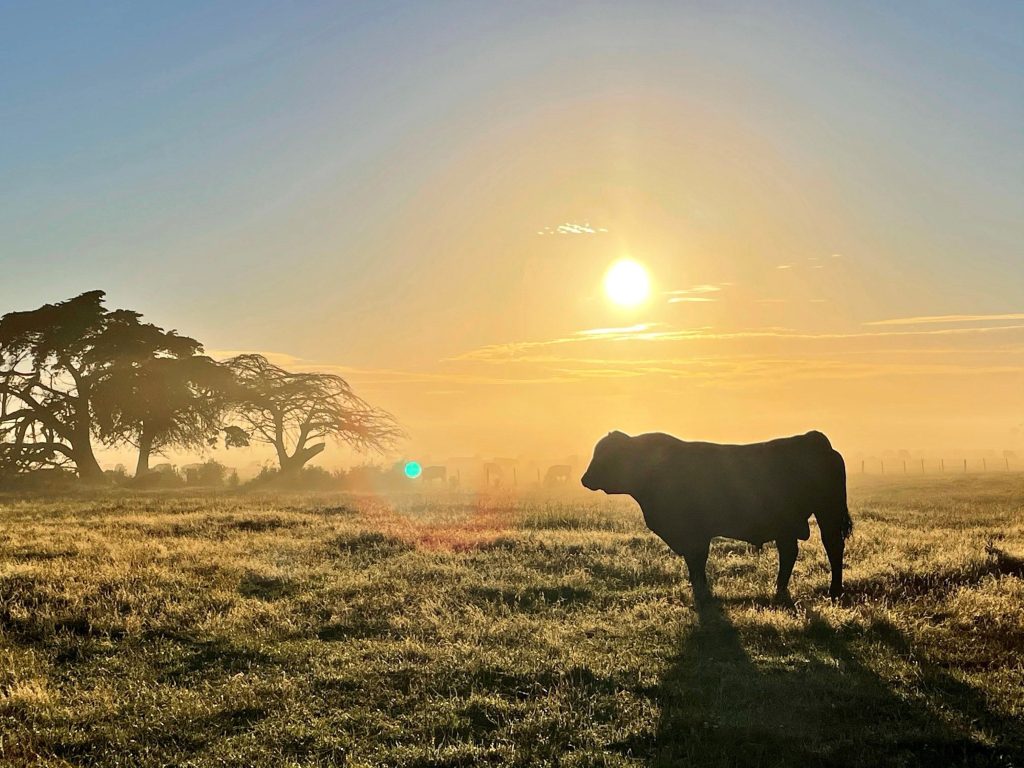
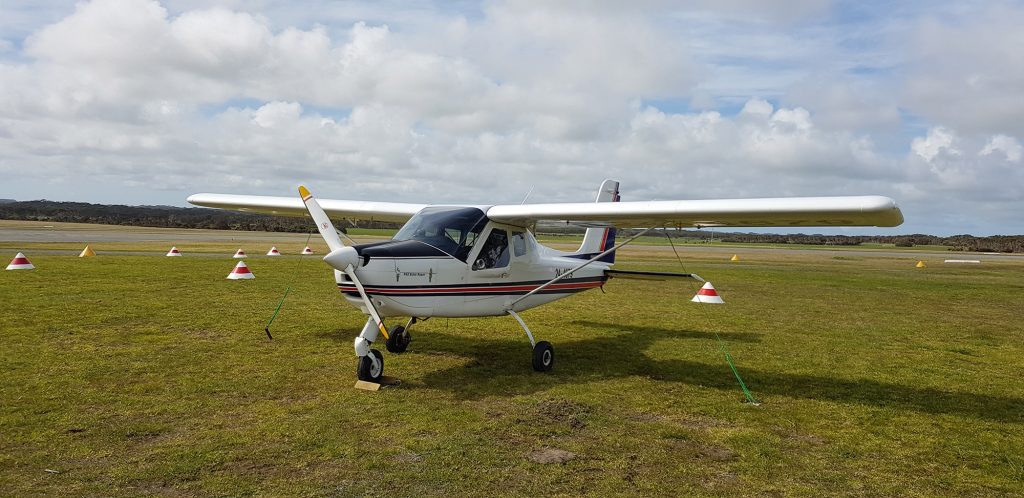
As I toured down south to lookouts and the calcified forest, I swerved in the Tiida as a male peacock flew through the left tree line and down the valley to my right – my inexperience once again, I literally didn’t even know they could fly! Moments later I was stopping to let pheasants and turkeys cross the road, finally recalling that there are no foxes on King Island. Suddenly the bird life was making sense (and if you’re a twitcher, you’d better make the journey to YKII!). Before long, I was left unattended in the King Island Dairy tasting room with copious amounts of amazing cheese and a scorecard. I still don’t regret the amount of cheese I consumed that day.
I reached the farm of Ana and Tom from Meat Your Beef Black Angus farm tours. They hosted me for an Airbnb ‘paddock to plate’ experience, welcoming me into their home, and Ana’s knowledge was incredible. As self-made farmers, the two of them have a great story starting from 30 head of cattle to what they have today. The ‘foodie’ in me enjoyed the full connection to the grass roots of my food – quite literally – hearing of their transport and meat industry challenges, their profound passion for sustainable agriculture and the caring of animals that was second to none. I was there during calving, Tom being in NSW at the livestock auctions, and I had the opportunity to roll the sleeves up to get a monster of a calf out of a struggling cow.
It’s a special moment when a calf lands on the ground and gets a small thump in the lungs, taking their first breaths in a brandnew world. We had one calf that day, who the kids had named Ruby. She’d been left alone, skinny and struggling. I followed Ana around like I was another child as she prepared electrolytes that slowly brought Ruby to full energy a couple of days later. Seeing Ruby energetically trotting around with the children the morning before I left was heart-warming, when we thought she’d pass, and it spoke to me in volumes about Ana and Tom’s family and farming operation. When you meet the very people behind the food industry, particularly those leading the charge to sustainability and best practice, it makes for amazing memories.
Ana insisted we visit Penny’s Lagoon for a swim, followed by a visit down to the north-eastern beach, lined with state reserve and conservation areas. She’d also mentioned a Chinese cook that operated from the kitchen of the Currie golf club house. He stuck his head out the window of the kitchen to take orders, and it was the best Chinese I’d ever had – including a visit to China a few years prior.
As I said my goodbyes before packing and refuelling for home, I realised I’d cut myself short by thinking I could experience the island in just three days. What a magnificent place. This authentic, peaceful island off the south coast of mainland Australia had left its mark on me. It had planted a seed of travelling and sightseeing more within Australia, and I can’t wait to jump in the plane for the next experience, uncovering more of Australia’s hidden secrets and experiences.
Around 1.5 hours of engine time, taking a slightly indirect coastal route along the Great Ocean Road and I was back on the ground at home. As I cleaned up the cabin and loaded my gear into the car, I put in the call to mum to let her know I was safe (my mother makes for a reliable SARTIME service), and I found myself speechless. Even though I’d spent a few years chipping away at flying lessons, this was only the beginning.

